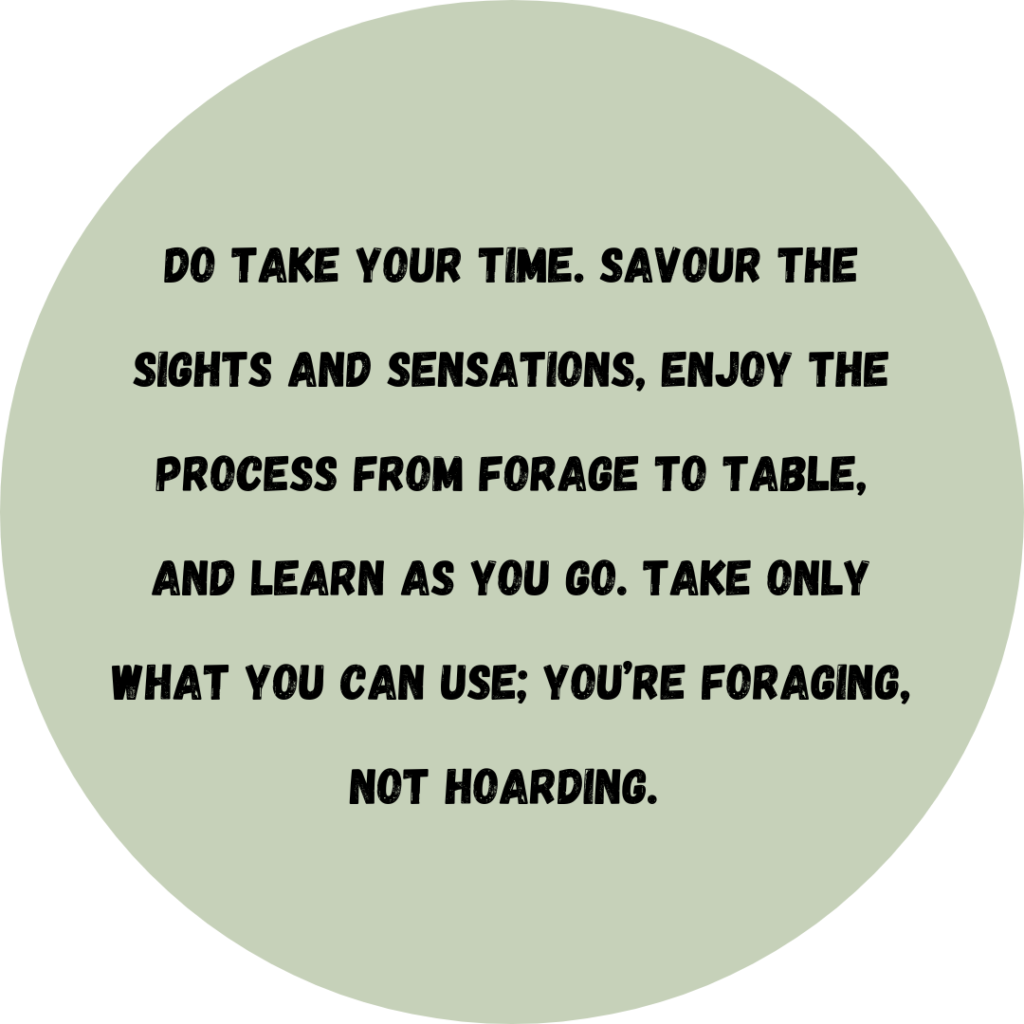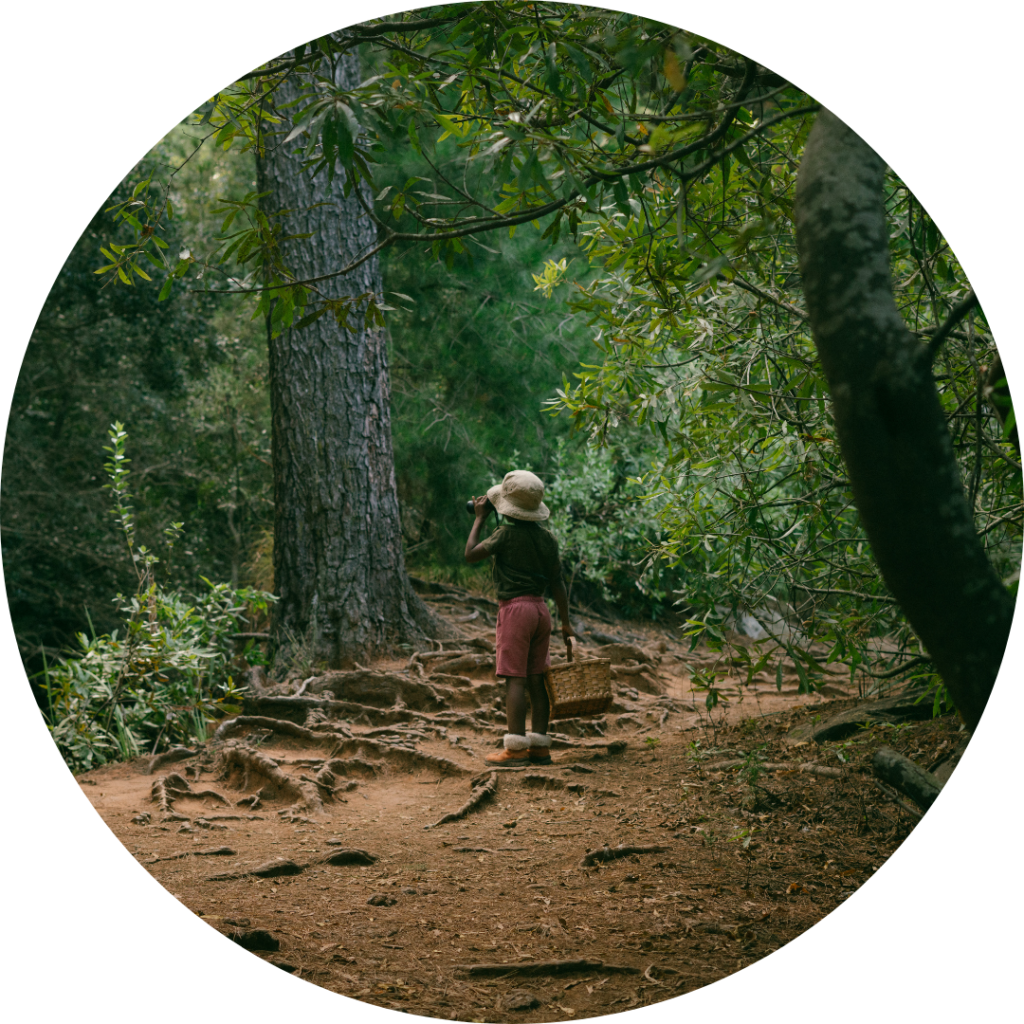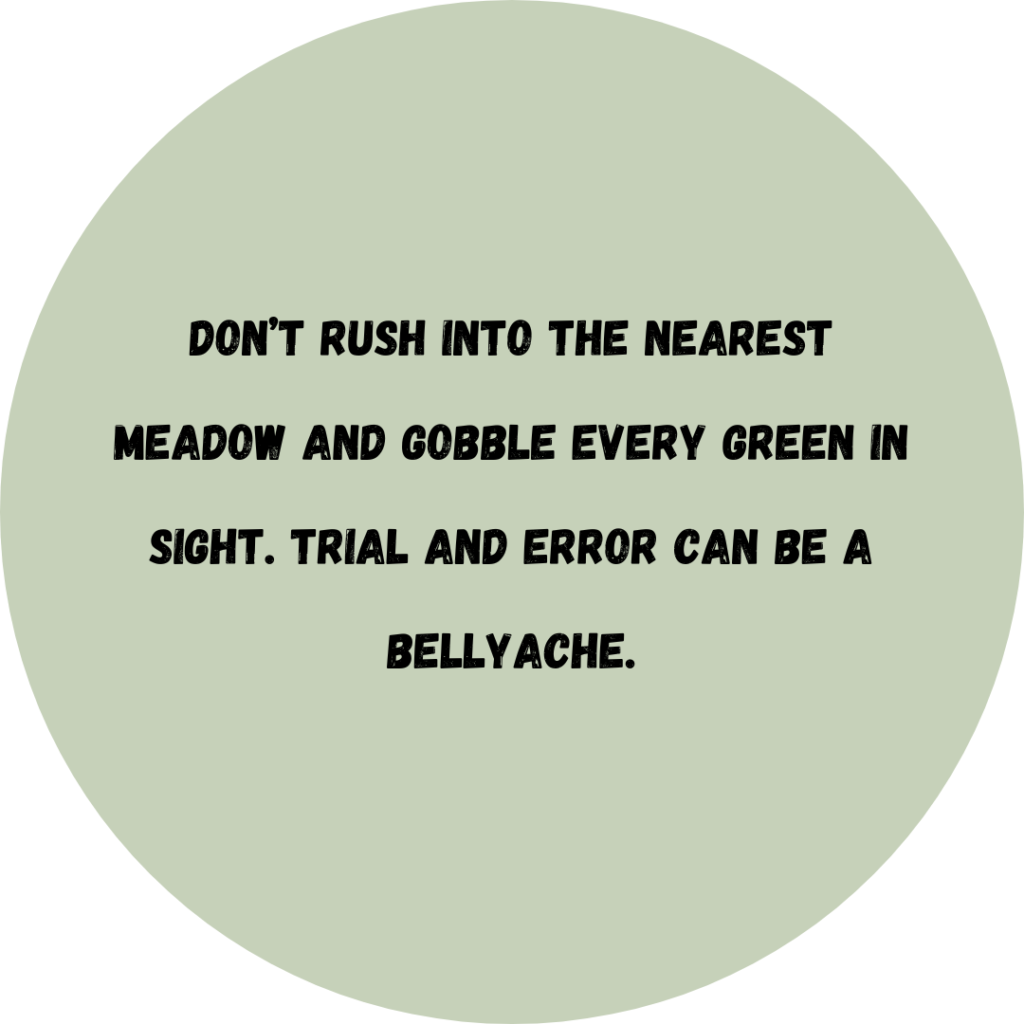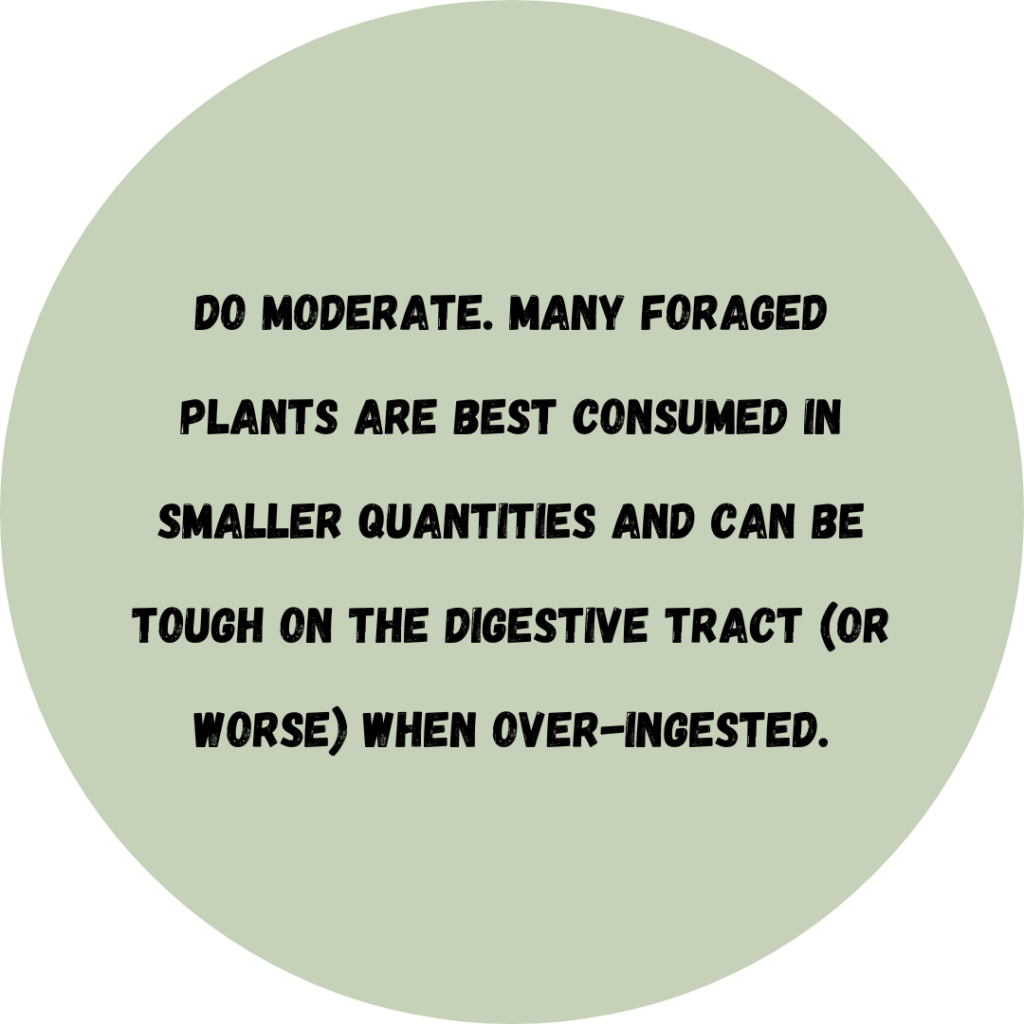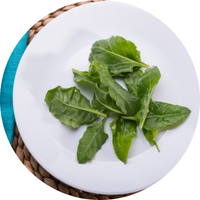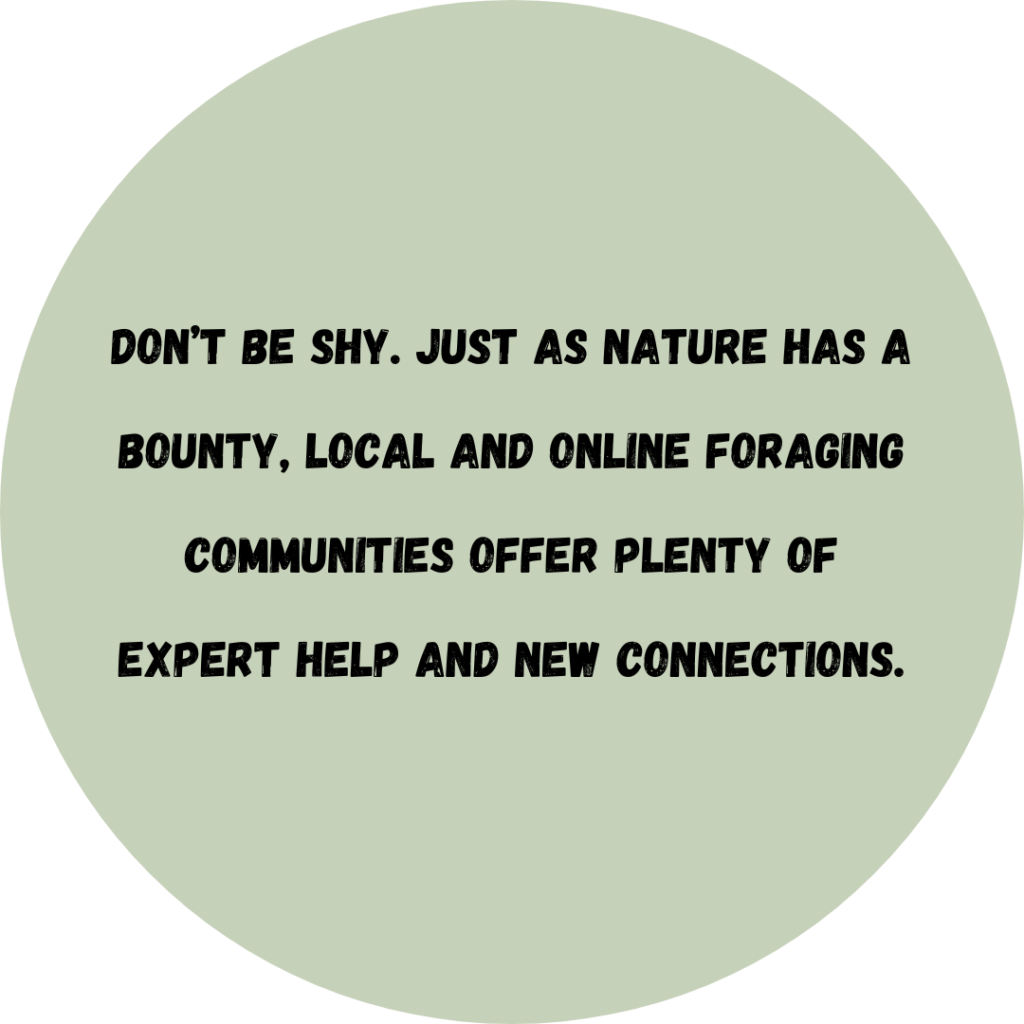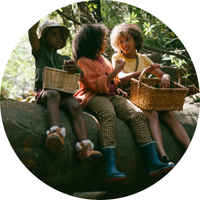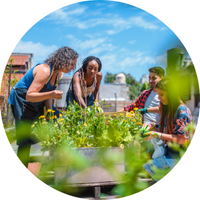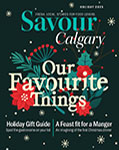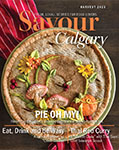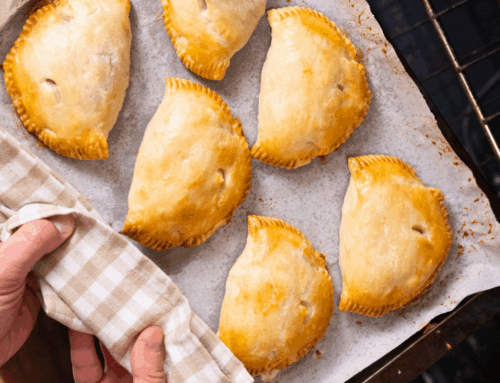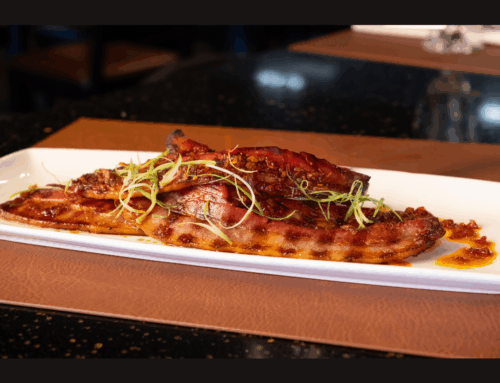FORAGING – A CRASH COURSE
As the world comes back to life after another long winter, we got to thinking about all of the canned, frozen, pre-packaged and otherwise processed food we’ve eaten over the past few months. It’s the perfect time of year for us, like the bears, to get outside, scratch our bellies and find something fresh to eat. Here’s your crash course on spring foraging.
A GOOD PLACE TO START
Let’s begin by acknowledging the people and traditional territories of Treaty Seven: the Siksika, the Piikani, the Kainai, the Tsuut’ina, the Chiniki, the Bearspaw, and the Goodstoney First Nations plus Métis Districts Five and Six.
Many of us have heard the land acknowledgments that have become standard whenever people gather. We’d like to take it a step further and acknowledge the wisdom of the Indigenous peoples who have cared for and worked in concert with this land for millennia.
GET OUTSIDE, AND GET INTO IT
We’ve always thought it’s strange that only one aisle (out of 18) at our local grocery store is labeled “Natural Foods.” Rather than slide into dismay about 17 aisles of what might be “Unnatural Foods,” we’d rather venture into the great outdoors (or even just out to the back yard), secure in the knowledge that, like every good Mom, Mother Earth wants to feed us.
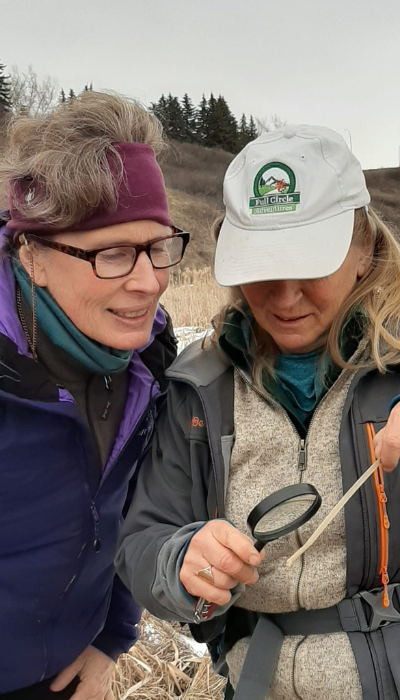
FIREWEED
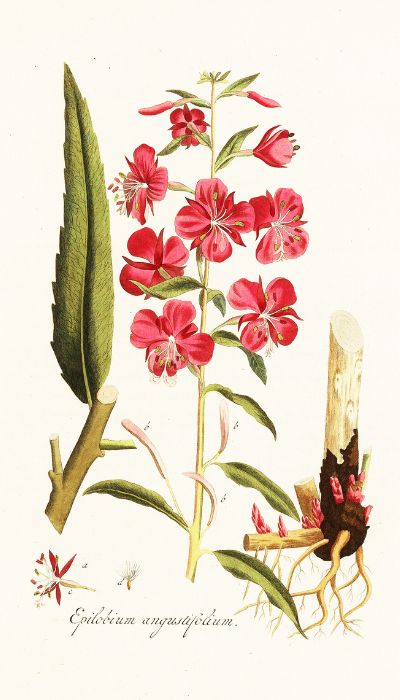
Eat shoots, young leaves and flowers raw or use stem pith as a soup thickener. Oh, and eat in moderation, it’s been known to act as a laxative in large quantities.
WILD ASPARAGUS
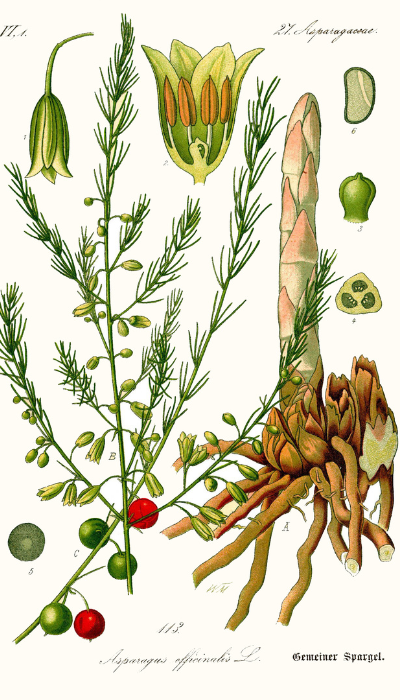
Perfect in May and June in Alberta, you’ll find these in ditches and against fences, on the downwind side (usually East around here). Put it in water to keep it fresh and prepare as you would the store-bought stuff.
CLOVER

While some can find this abundant plant difficult to digest, it’s easily recognizable, the whole thing is edible (do cook roots and stems, though) and you can find it practically on anyone’s lawn. Ask first to maintain good neighbourly relations.
LAMB’S QUARTER
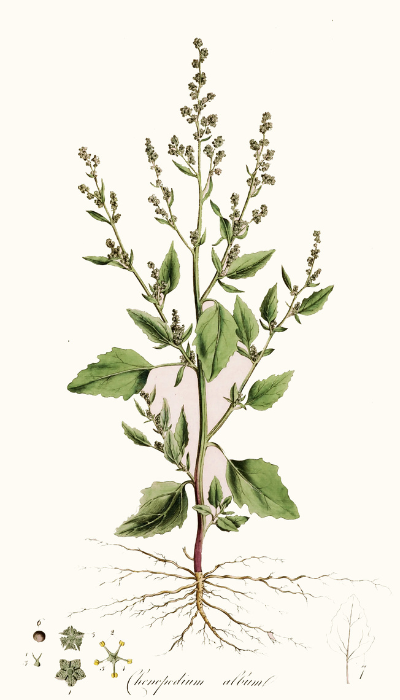
Also known as pigweed, this plant can be eaten raw and the seeds (boil them first) can be ground to make flour. Eat in moderation as its oxalates can interfere with nutrient absorption.
STINGING NETTLE
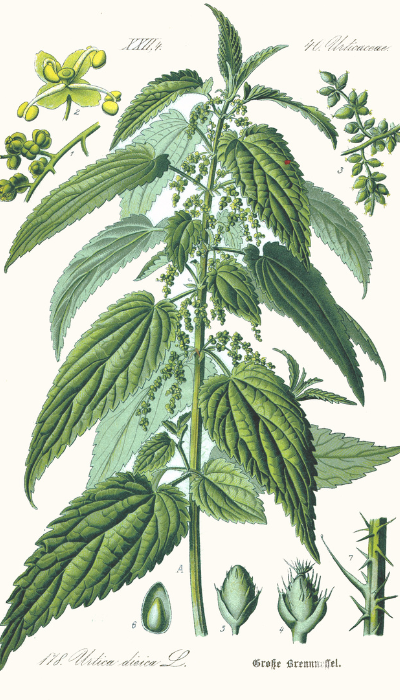
Wear gloves for this one as tiny fibres will “sting” your bare skin. Cooking breaks these down, so they make a great wilted green (see our Master Class Recipe) for a recipe you can use them in.
OTHER FUN FINDS
Pineapple weed, sunflower, wild rose, snow lily, goldenrod and Jerusalem artichoke. Many of these can be found in natural areas, and can also be grown in your backyard without much maintenance.
FOR THE SLIGHTLY LESS INTREPID
Wild Raspberries lurk down just about every laneway in summertime, meaning that even the hyper-casual urban forager can find sweet treats on an evening stroll. Word to the wise: pick berries waist-high and up to ensure your treat hasn’t been “watered” by a neighbourhood hound.
Find a wonderful resource on edible Alberta Plants at Northern Bush Craft.
DANDELIONS: LEGAL WEED FOR THE WHOLE FAMILY
For many of us, “edible weed” once meant brownies, your cousin’s friend’s basement suite and “Frampton Comes Alive” on vinyl. We’ve come a long way.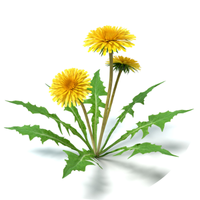
Dandelions are everywhere – even in our grocery store – and what many of us have been told is a weed and a nuisance is actually nutritious and delicious. Pick young dandelions in spring to take advantage of their tender leaves and fresh flavour in salads. Why not give dandelion wine a try? Spirit Hills makes an award-winning one. Maybe enjoy a glass while you’re baking dandelion cookies. For a sober alternative, dandelion root can be dried, roasted, and ground for an excellent coffee substitute. Light Cellar in Bowness sells a packaged version.
LEARN FROM THE BEST: HERE’S EXPERT TIPS FOR YOUR FORAGING ADVENTURE
FOR HIKERS
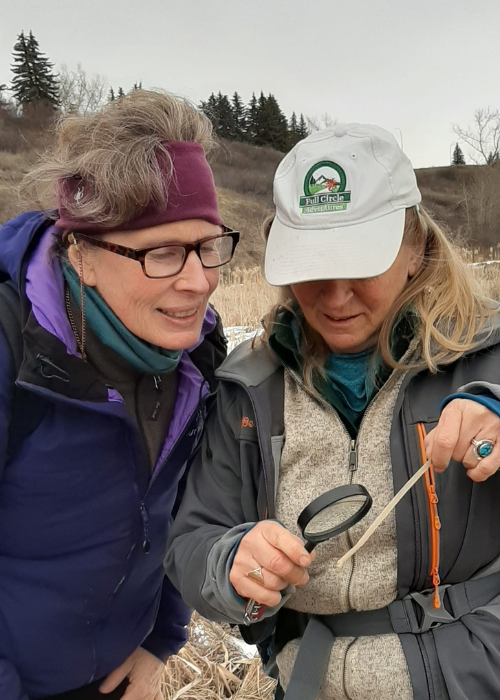
Julie Walker’s Full Circle Adventures has been connecting people with nature for over 25 years. They open a window to the intelligence of the natural world through their edible plant walks and hikes, wild food cooking workshops and more.

FOR FOODIES
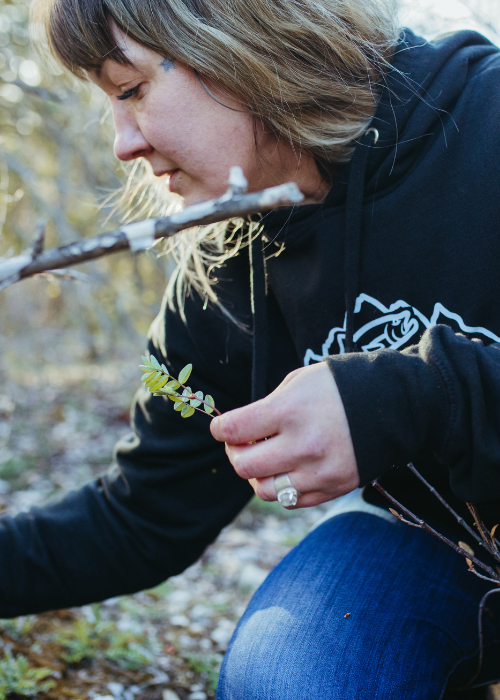
Chef Tracy Little is the visionary behind Sauvage restaurant in Canmore. Chef Tracy’s passion for the wonders of nature defines the dining experience at Sauvage as a luxurious pleasure that’s well worth the trip, every time. Chef Tracy also leads foraging tours and workshops for food-lovers which include recipes and lots of tips. Book online at Wild Little Chef.
Light Cellar in Calgary offers foraging classes including First Time Foraging, Foraging For Flavours, Edible Plant Walk, and more. The Foraging Forecast is an online subscription foraging guide to help you be in the know.
FOR GARDENERS
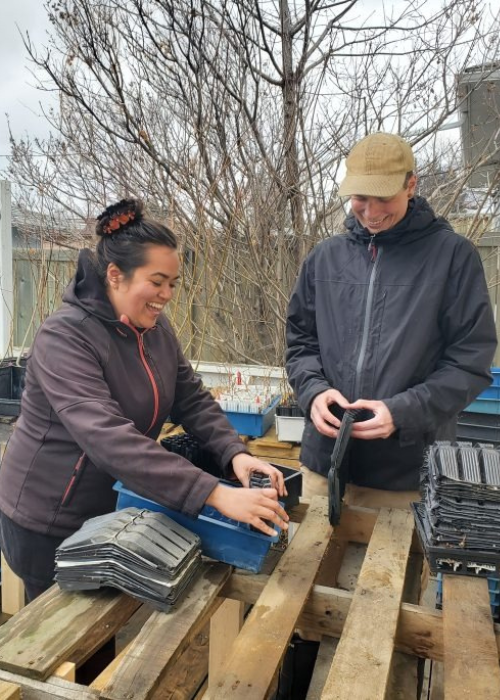
With a BSc in Botany from the University of Calgary and an MSc in Herbal Medicine from Middlesex University, London, UK, Latifa Pelletier-Ahmed has been working with native plants for over a decade. She now co-owns ALCLA Native Plants, one of Southern Alberta’s most trusted resources for native plants expertise.

Foraging is an exercise in mindfulness. A few dos and don’ts to keep in mind and help you be successful:
